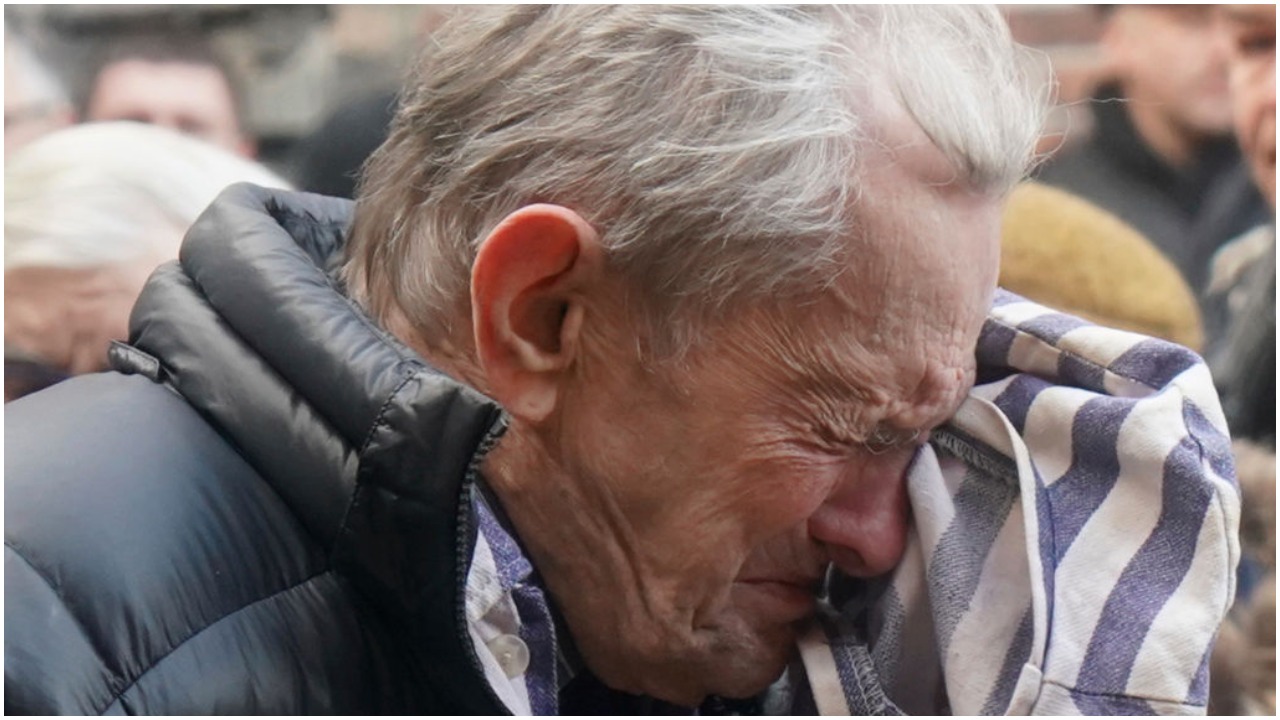On a cold April morning in 1944, two Jewish men somehow found themselves on the right side of the Auschwitz barbed wire.
Rudolf Vrba and Alfred Wetzler made their way undetected through Nazi occupied Poland to Slovakia, freedom and were able to tell the world of the atrocities taking place at the death camp.
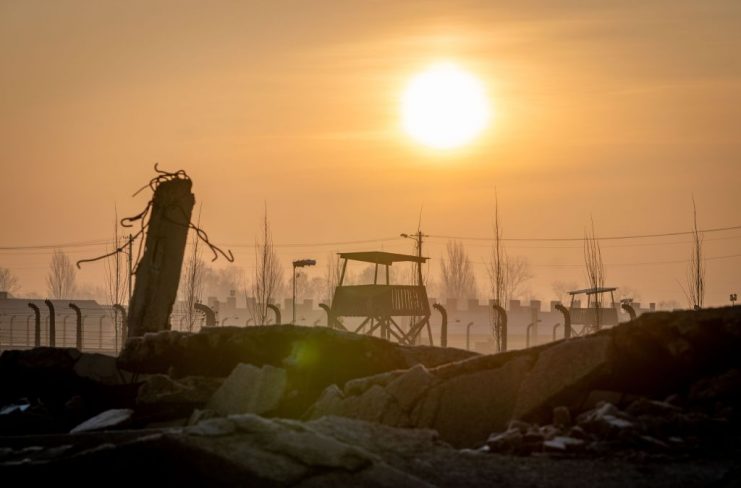
In May their story reached Rabbi Michael Weissmandl, who sent it to Roswell McClelland at the War Refugee Board in neutral Switzerland.
McClelland sent it on to the Allied Command and also to his headquarters in Washington D.C. along with a plea that Auschwitz be bombed.
McClelland’s boss, John Pehle put the document and recommendation in front of John McCloy, Assistant Secretary of War, but he was unable to divert resource at the time, branding such an action ‘unfeasible’.
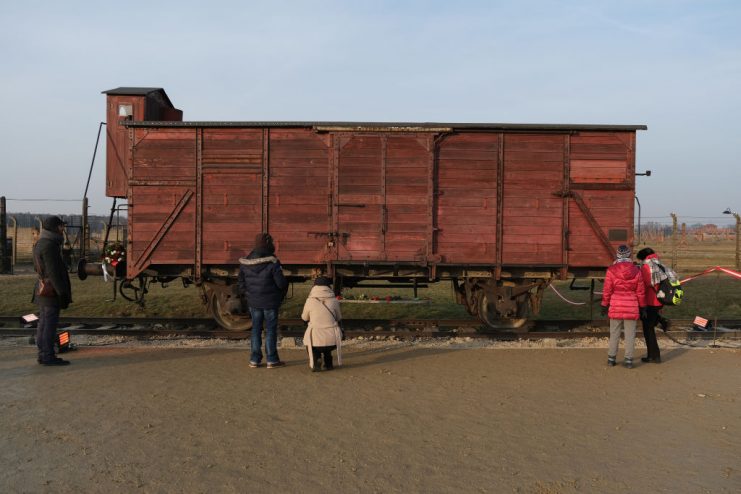
Allied Air Command, the American War Refugee Board and the Jewish Agency discussed an attack with British Prime Minister Winston Churchill, who was minded to mount a campaign in order to stop further atrocities taking place.
Today we might send in a drone or take the facility out with cruise missiles, unfortunately, seventy-five years ago, the Allies could only dream of such firepower.
The options open to the Allies at the time were far less accurate. Indeed, Auschwitz did suffer damage from a bombing raid, but the bombs that landed were meant for the IG Farben factory. Forty prisoners were killed along with fifteen SS troops.
Estimates suggested by the makers of a recent documentary, ‘Secrets of the Dead: Bombing Auschwitz’ put the number of bombs per crematorium at 220 in order to achieve a ninety per-cent hit-rate.
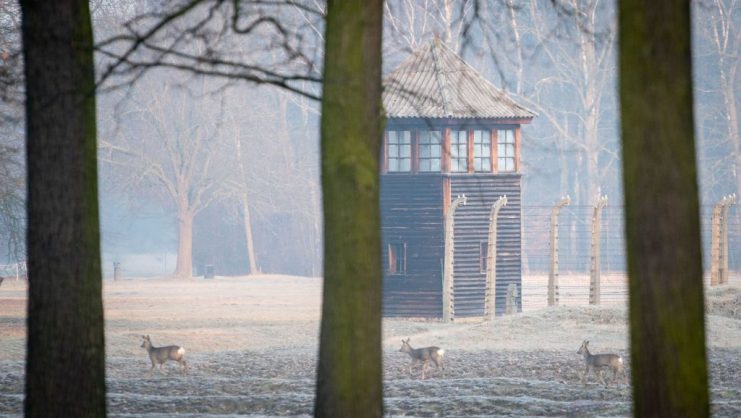
The documentary is part of a raft of special programs and commemorations surrounding the seventy-fifth anniversary of the liberation of Auschwitz by Russia’s Red Army on January 27th, 1945.
The date has been enshrined as the International Holocaust Remembrance Day, with major ceremonies taking place in Israel and around the world.
Vrba and Wetzler were the first witnesses to tell the Allies of the horrors of the Nazi ‘Final Solution’.
The forensic details of their time behind the barbed wire, the beatings, the gas chambers, the forced labour and the starvation made harrowing reading for the Allied command.
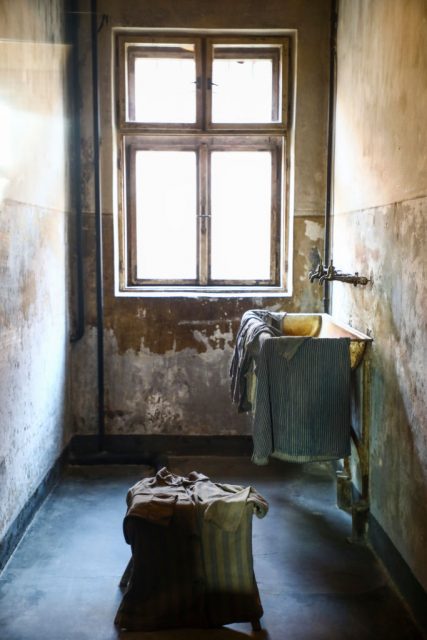
While bombing the concentration camp would have certainly killed many Jewish prisoners along with their Nazi guards and torturers, the argument for the bombing raids walked a fine moral line balancing the deaths of those already imprisoned and those that were still to be rounded up.
The documentary searches through this difficult dilemma, dramatizing the arguments that raged on both sides of the Atlantic, taking in first hand accounts from survivors and experts.
Historians also point out that there was a reluctance among politicians at the time to make any special effort on behalf of the Jewish lobby when the war was being waged on so many fronts.
Professor of History and National Security Strategy at Pennsylvania’s US Army War College, Tami Davis Biddle, is certain that there was a level of antisemitism within establishment ranks that also held strategist back from bombing Auschwitz.
But pressure grew on the authorities, Chaim Weizmann and Moshe Shertock took the dossier to Churchill’s Foreign Secretary Anthony Eden who had also received a memo from his Prime Minister.
Meanwhile Phele, coming up against intransigence in Washington, finally leaked the document to the press. The story spread across the Atlantic and reached the Nazi High Command who began dismantling the gas chambers as the tide of the war began to turn against them.
In December 1944 the Washington Post ran an editorial entitled ‘Genocide’ and a month later the terrible truth was revealed when the Red Army liberated Auschwitz Birkenau.
Woman Reunited With Jewish Family She Sheltered During Holocaust
The 27th January 2020 marks the 75th anniversary of that fateful day and the commitment to never forget the Holocaust.
